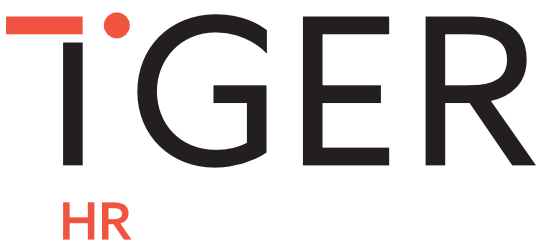While some stress is a relatively common component among many jobs today, there are professions that can cause tensions to rise more than most. Plus, people can simply respond differently to pressure. Sometimes, the signs are pretty obvious. In others, they’ll be better at concealing it and you won’t be able to tell at all.
In general though, while all of our roles and workplaces will have spikes of pressure, I’m sure most of you would agree that consistently applying stress to staff not only impairs productivity, it impacts team morale and work-place relationships.
Here are some of the tell-tale signs you might have burnt-out staff in your workplace:
Not taking breaks
They’re the first one in, the last one out, and yet they still don’t take their lunch hour. Obvious it may be, but you should be doing all that you can to encourage your staff to take regular breaks away from their desk. If they’re eating at their desks and not going out, chances are they’re rushing to get through their workload to avoid staying in the office too late. Stepping out for fresh air and a walk around the block will significantly impact their wellbeing in the office.
Details slipping through the cracks
Is your normally astute PA with exceptional attention to detail not picking up on the details they ordinarily would? This may be a sign they’re juggling too many balls at once and need to reduce their workload. Speak to them about the options of delegating work to the team.
They’re not smiling anymore
Reflect back to their first few months in the office and their bubbly personality. While they were previously the life and soul of the office, now they’re personalities are flat and the smile is tight-lipped. Pay attention to these subtle differences in character, and offer to have a chat about workload.
Look for the non-verbal cues
In many cases, what we say is less important than how we say it. The nonverbal signals we send out, such as eye contact, facial expression, tone of voice, posture, gesture and touch can be extremely telling. These nonverbal messages can either produce a sense of interest, trust, and desire for connection–or they can generate confusion, distrust, and stress. By accurately reading and responding to the nonverbal cues that other people send you at work, you can have better visibility of the situation at hand.
They’re always late
More often than not, someone who is unprepared or lost track of time has lots on their mind. If your ordinarily punctual team member has developed a pattern of tardiness, it could be because they have too much on and are struggling to make meetings. They may even be attending meetings and resenting them, because it takes them away from their more pressing work.
In times of high stress, it’s your responsibility as a manager to act as a positive role model. By remaining calm, you will inspire the same behaviour in others and subsequently create a more enjoyable and productive work environment. Effectively communicating with your employees will improve your engagement with them and better connect you to how everyone is feeling. By listening more carefully, especially if they’re agitated, you can help to calm them down by listening in an attentive way which will encourage them to feel understood.
Hiring temporary staff or an employee experience manager can be a great way to relieve the pressures of a permanent team during periods of intense workloads. Get in touch with the Tiger team to find out more.




